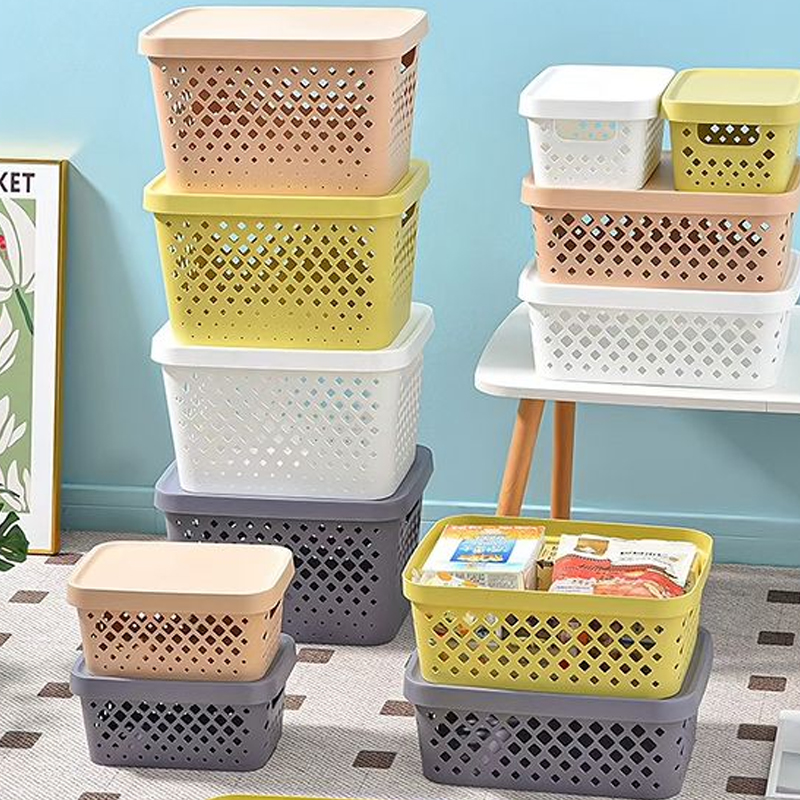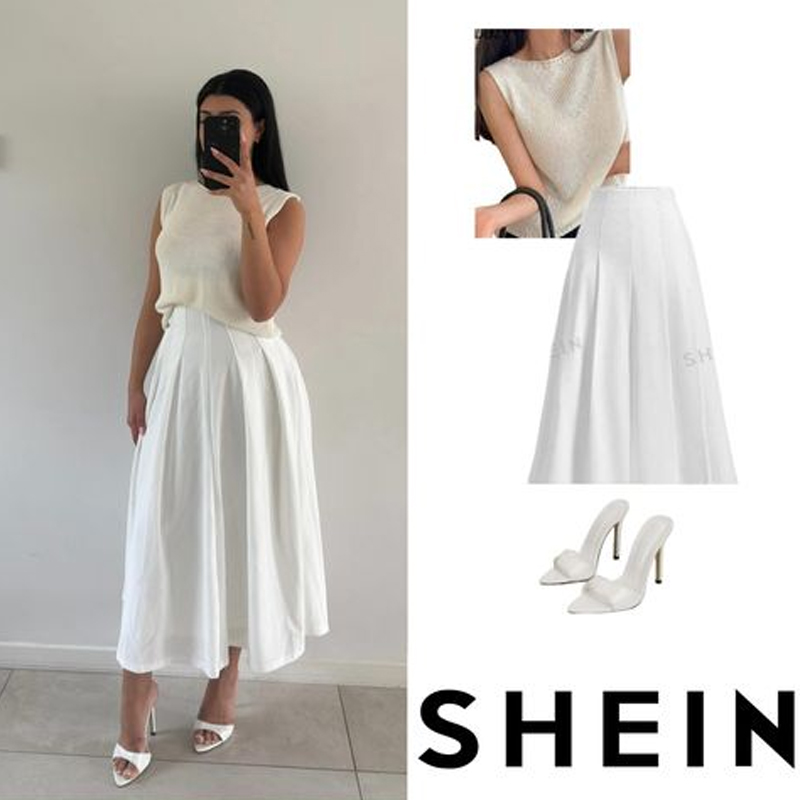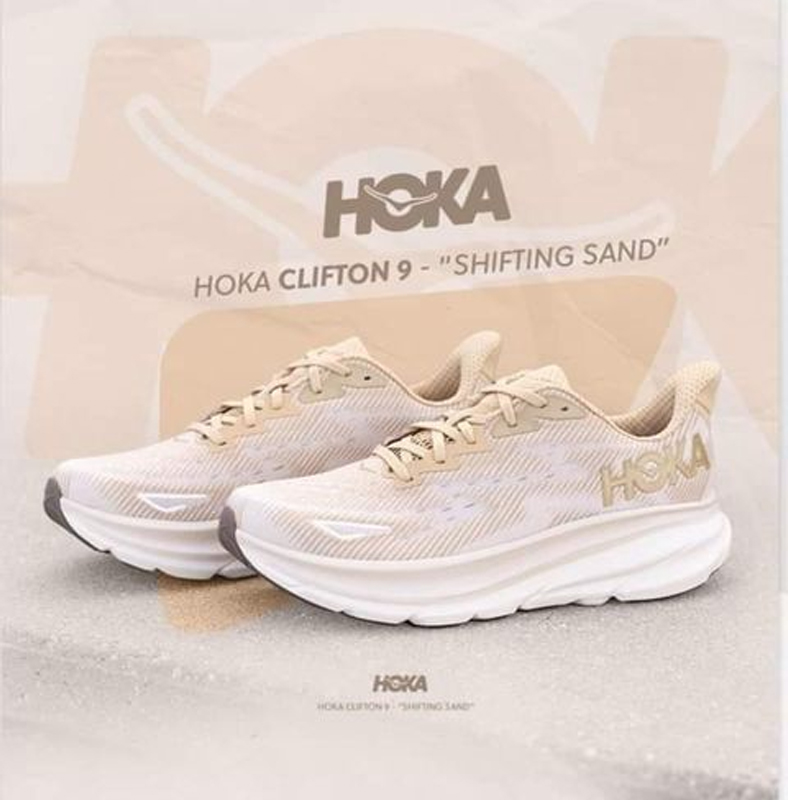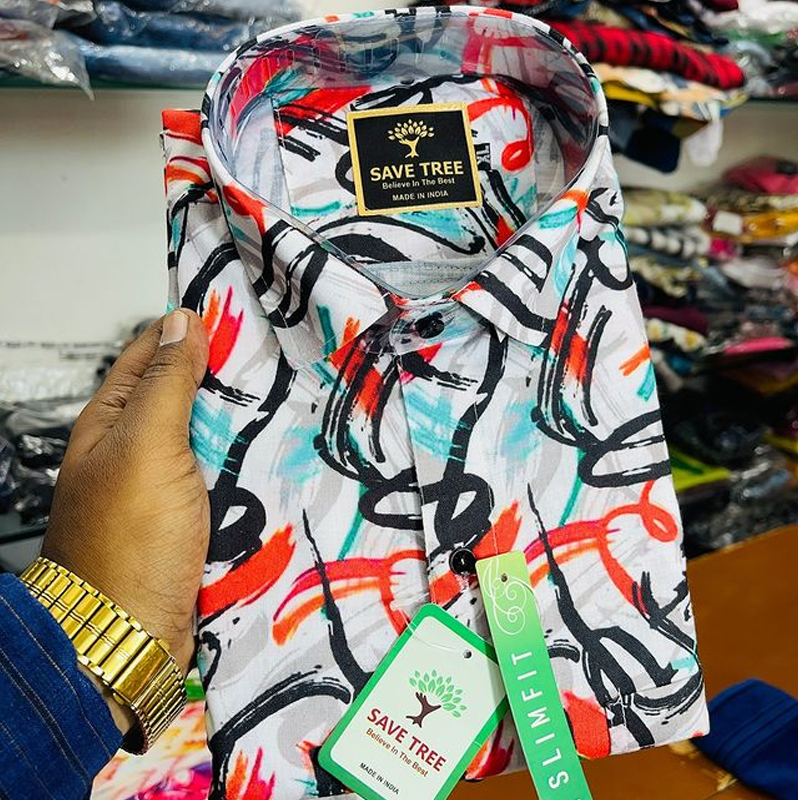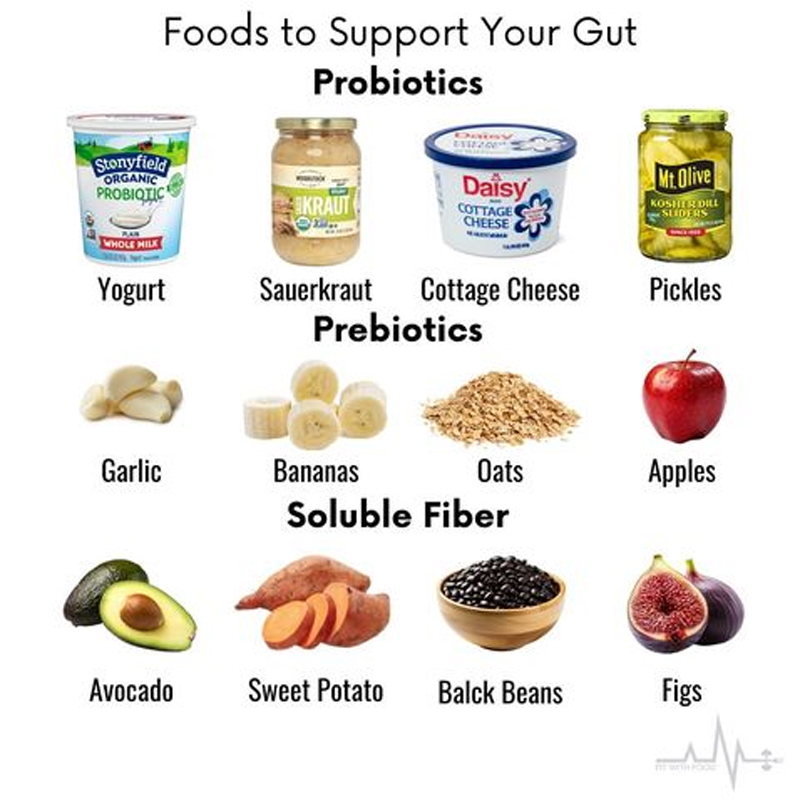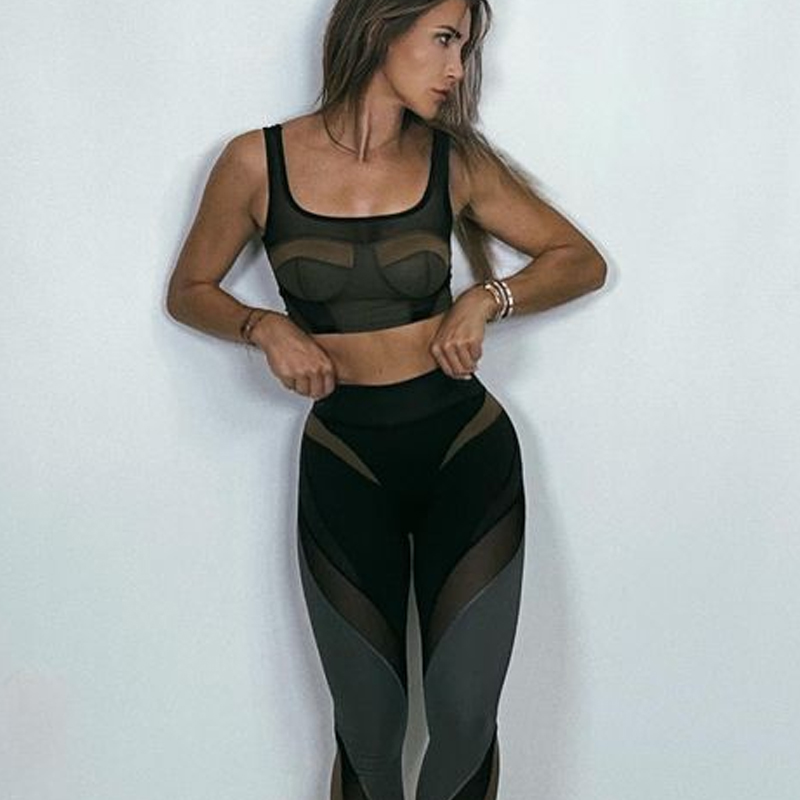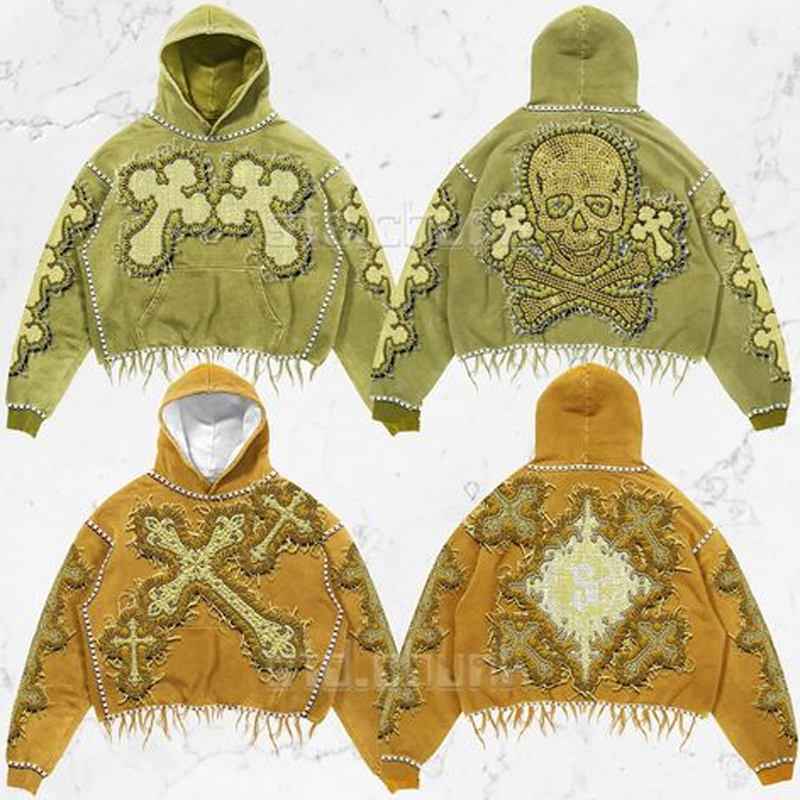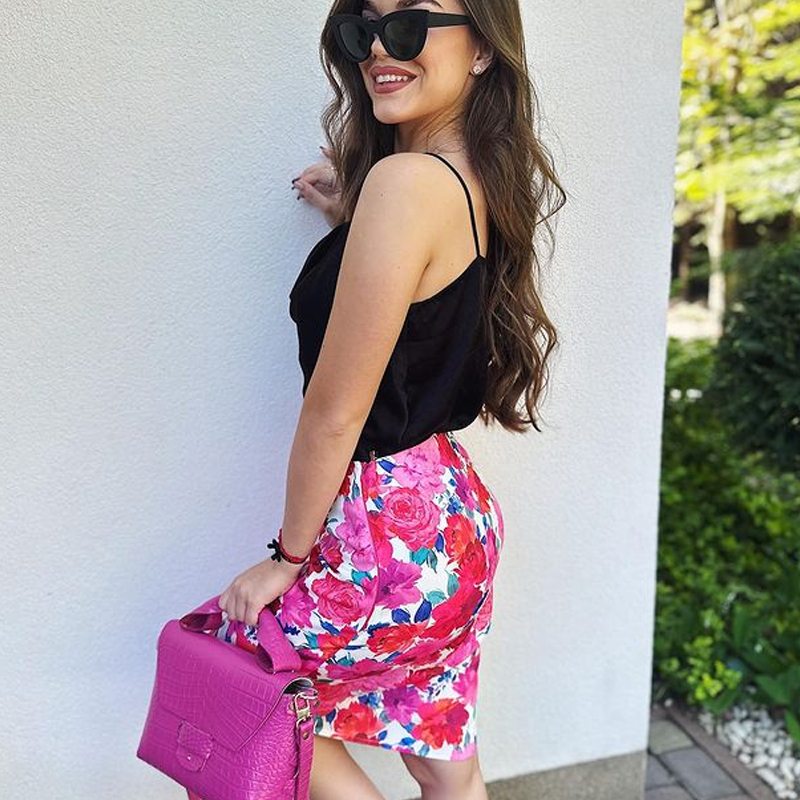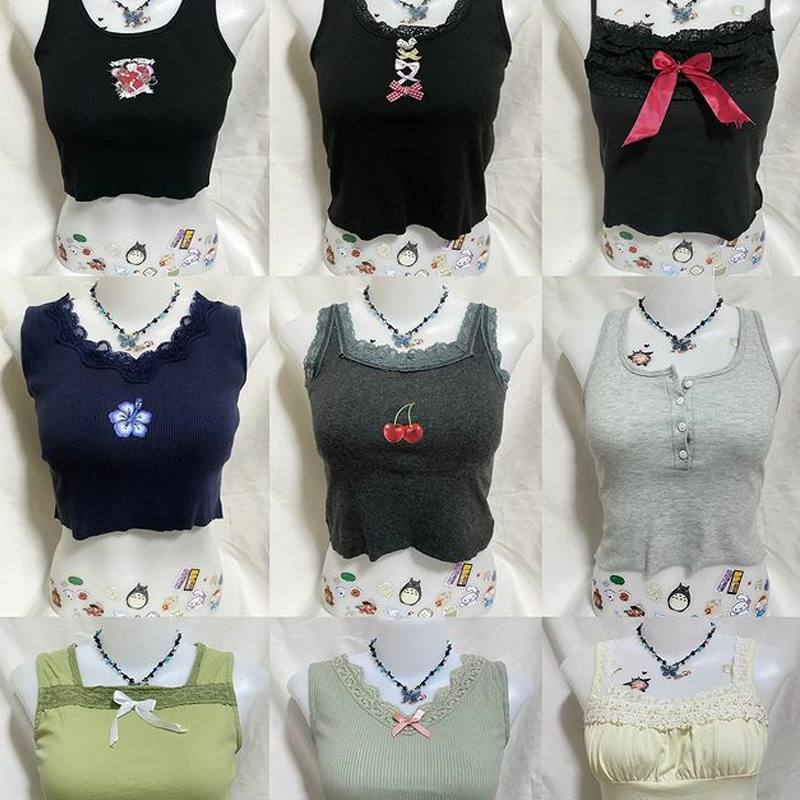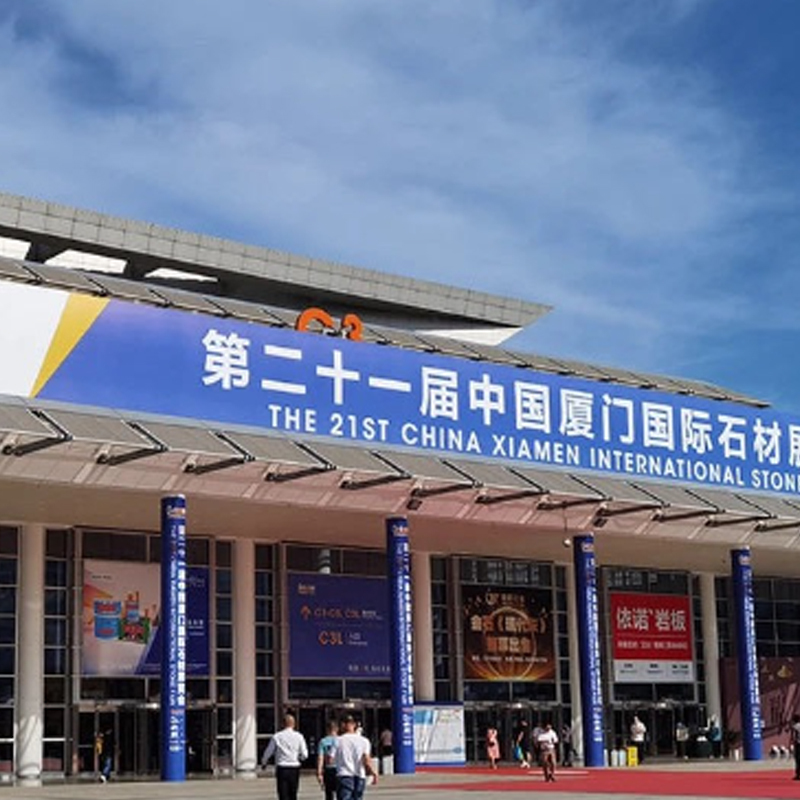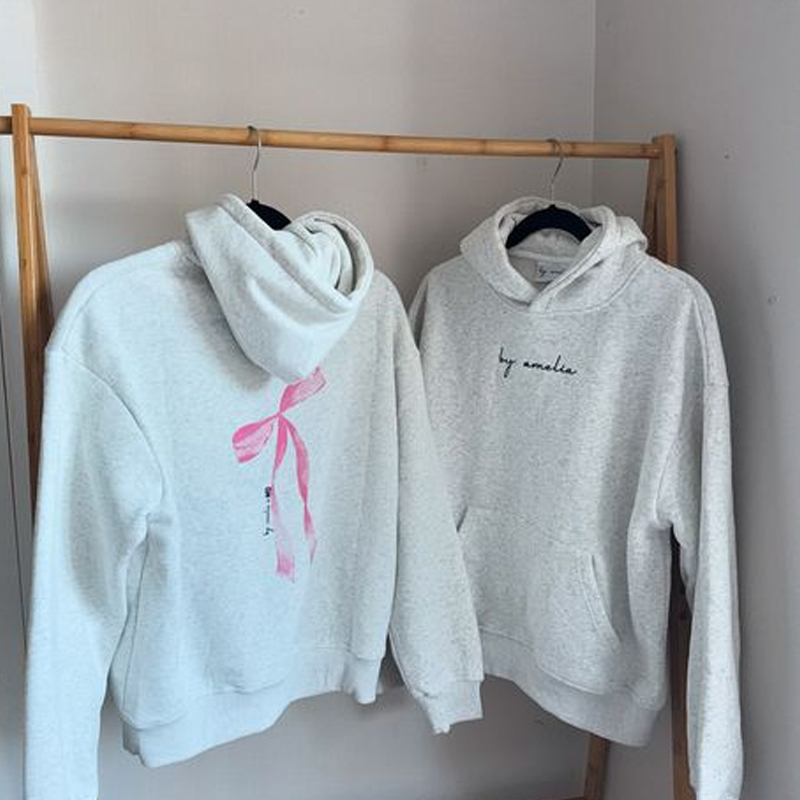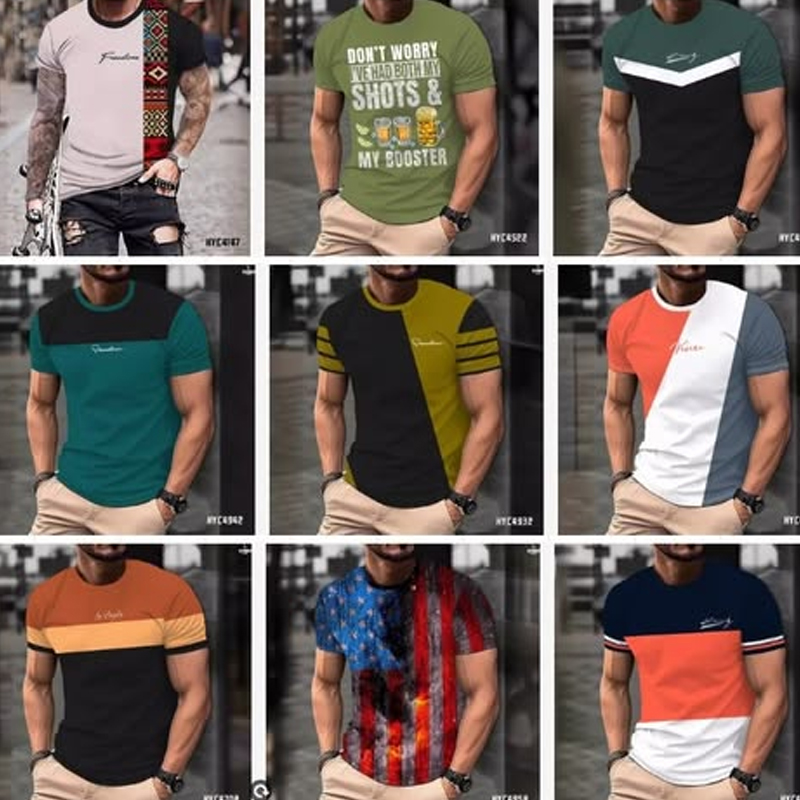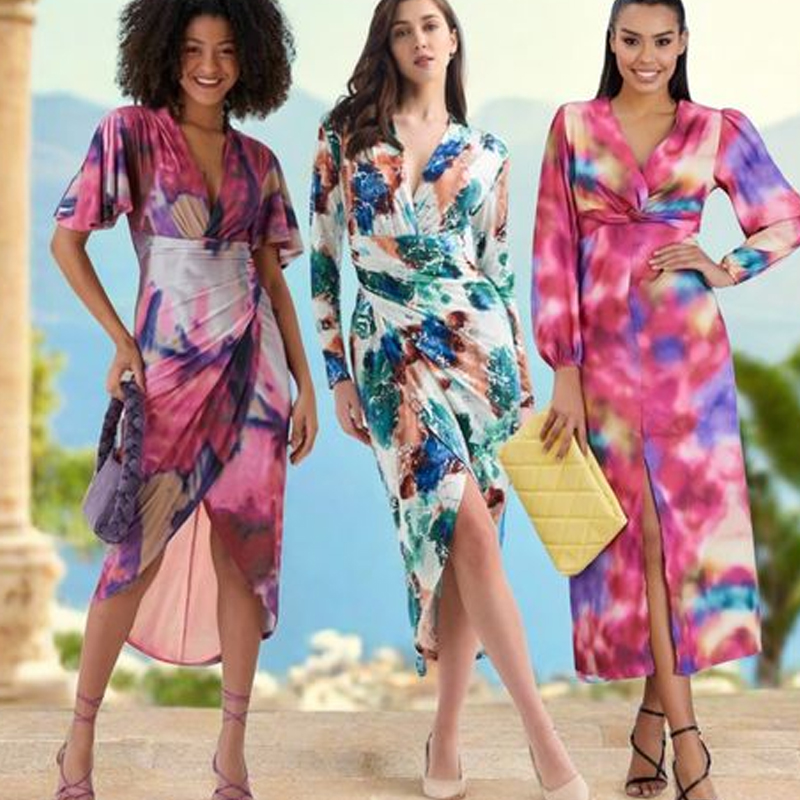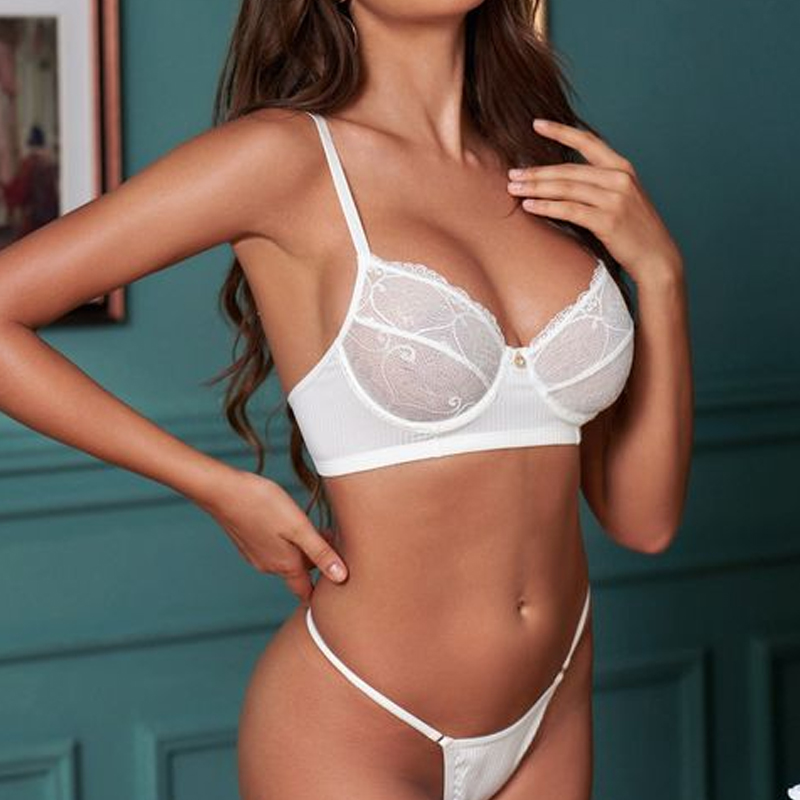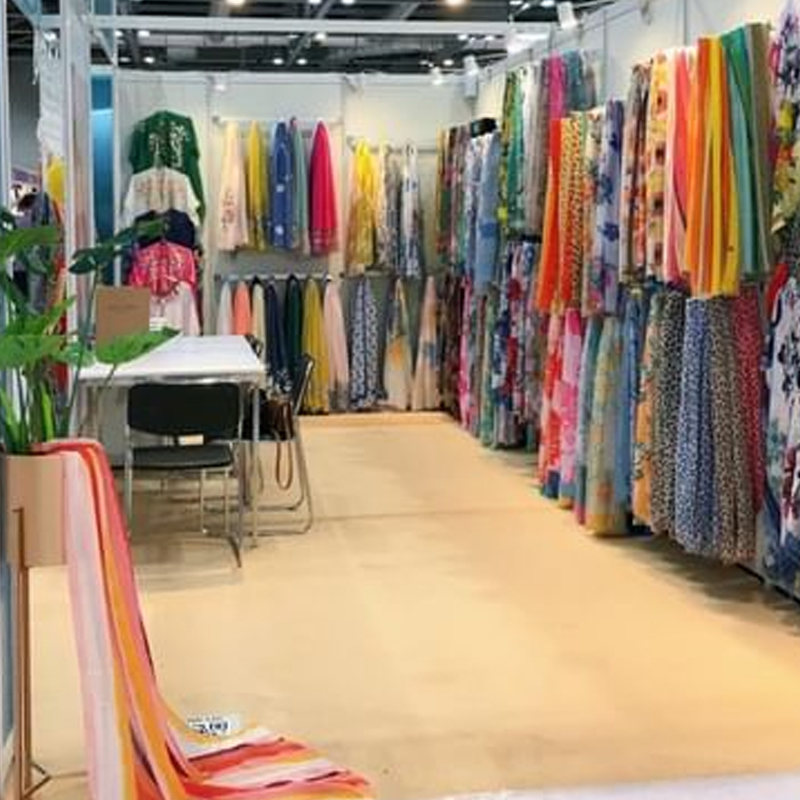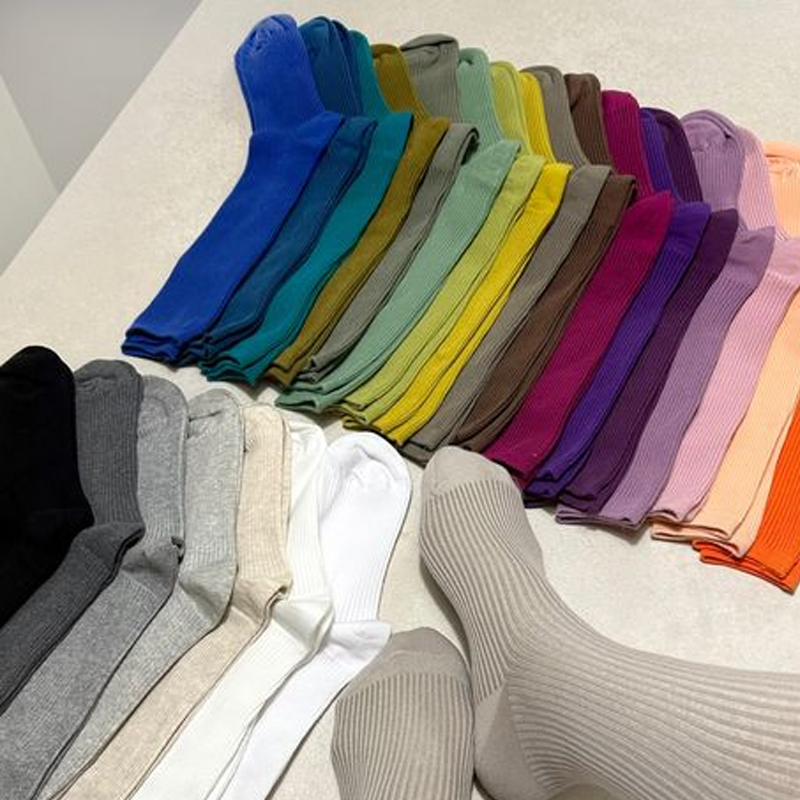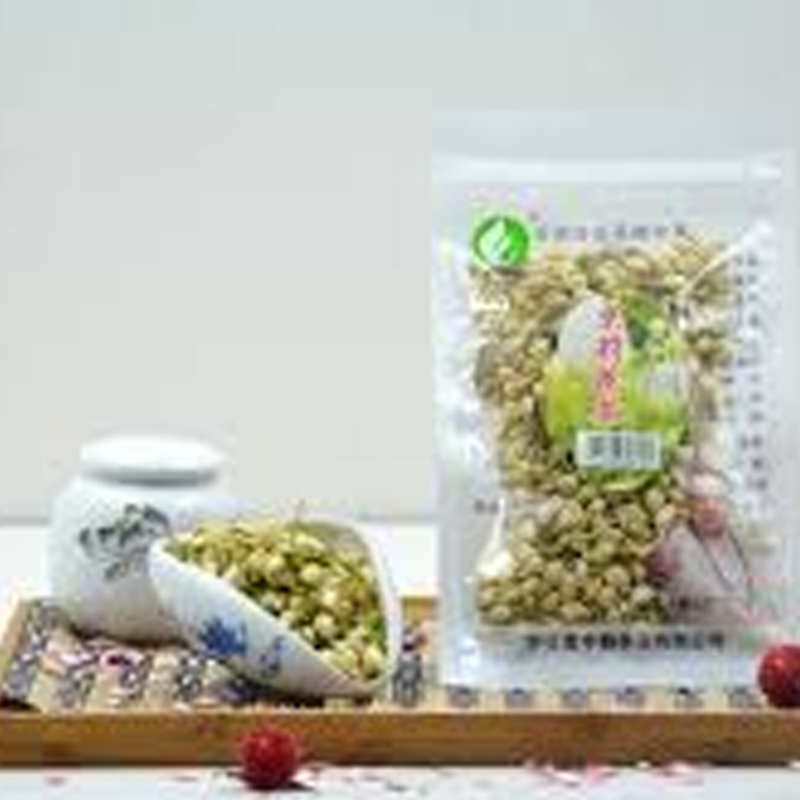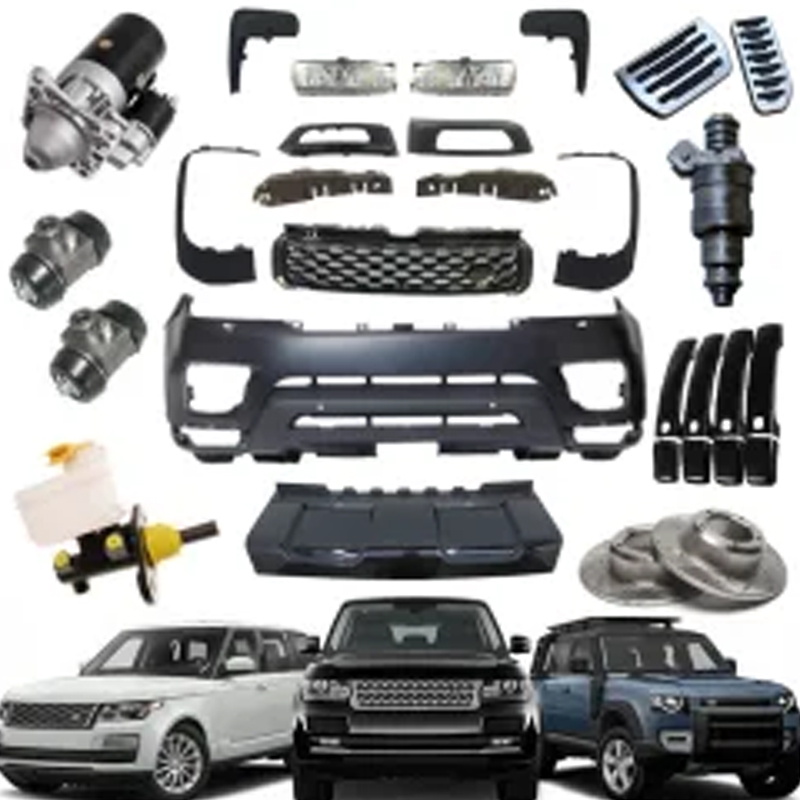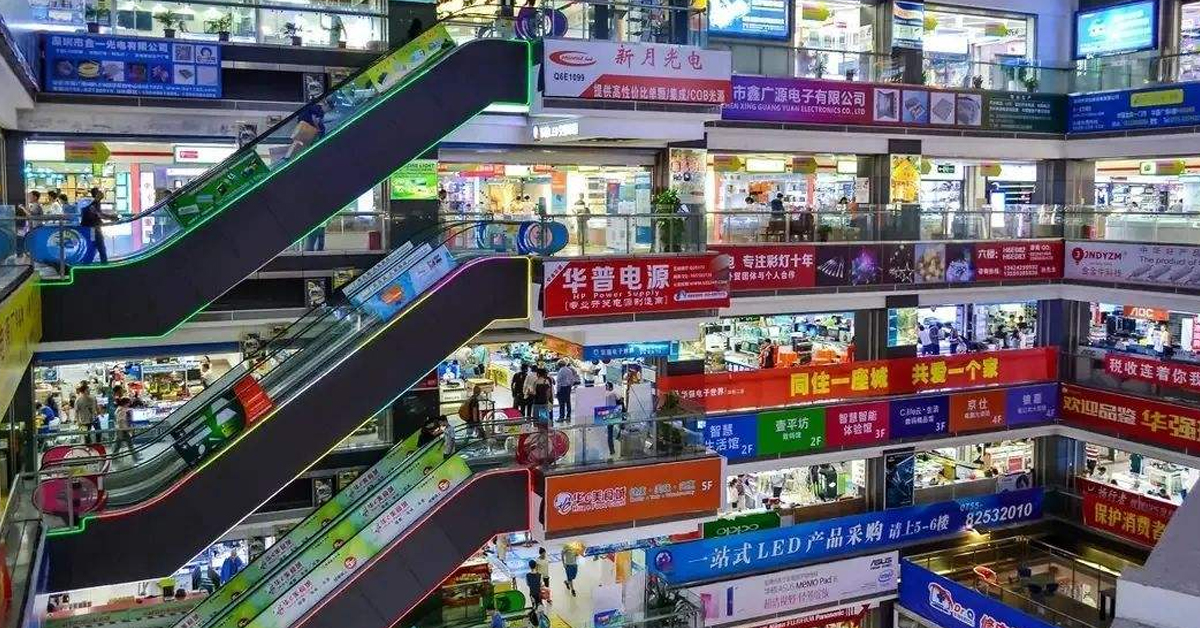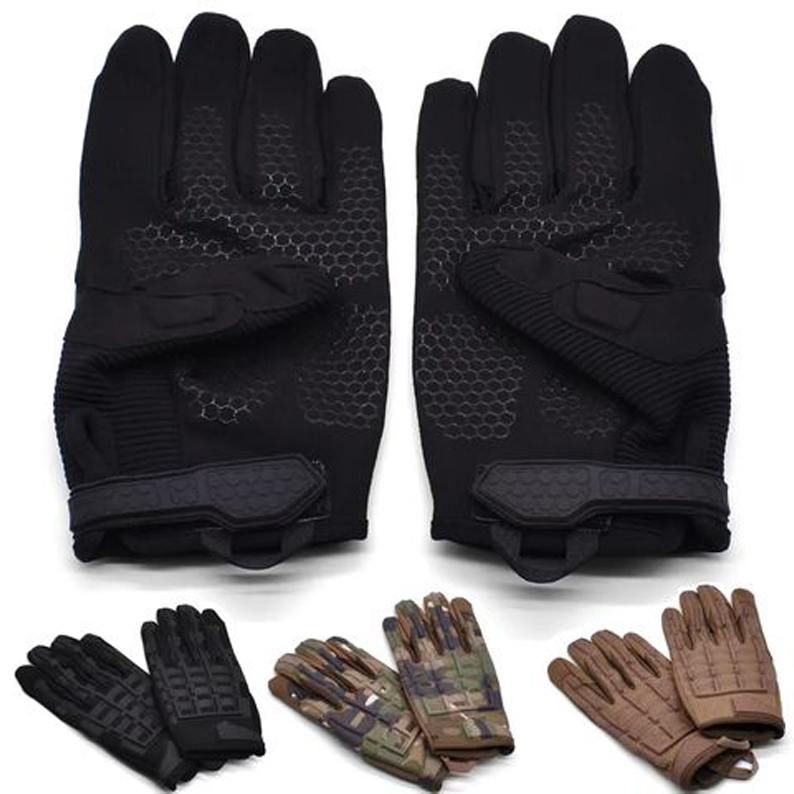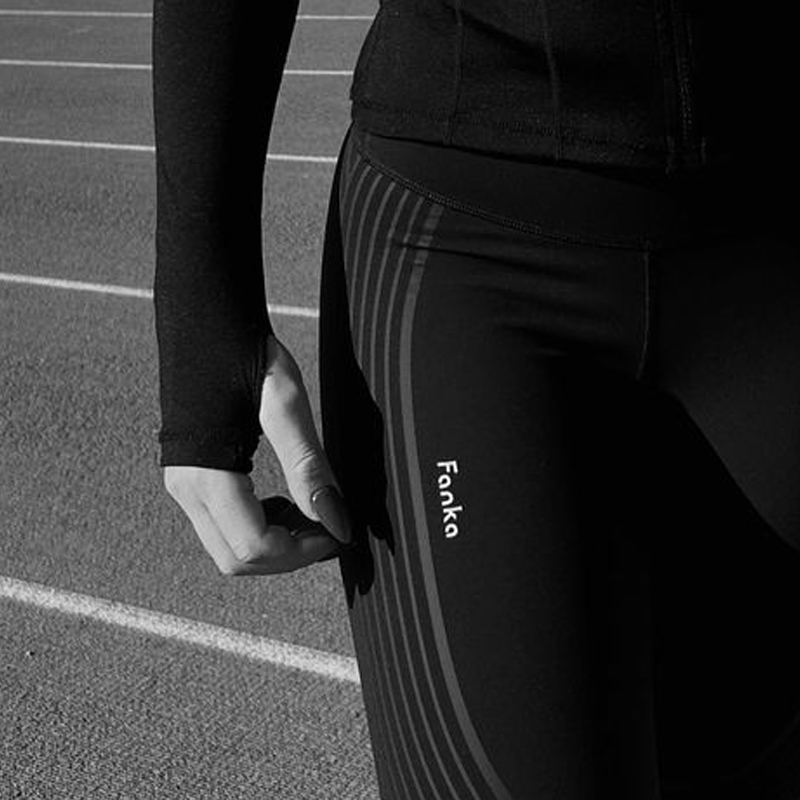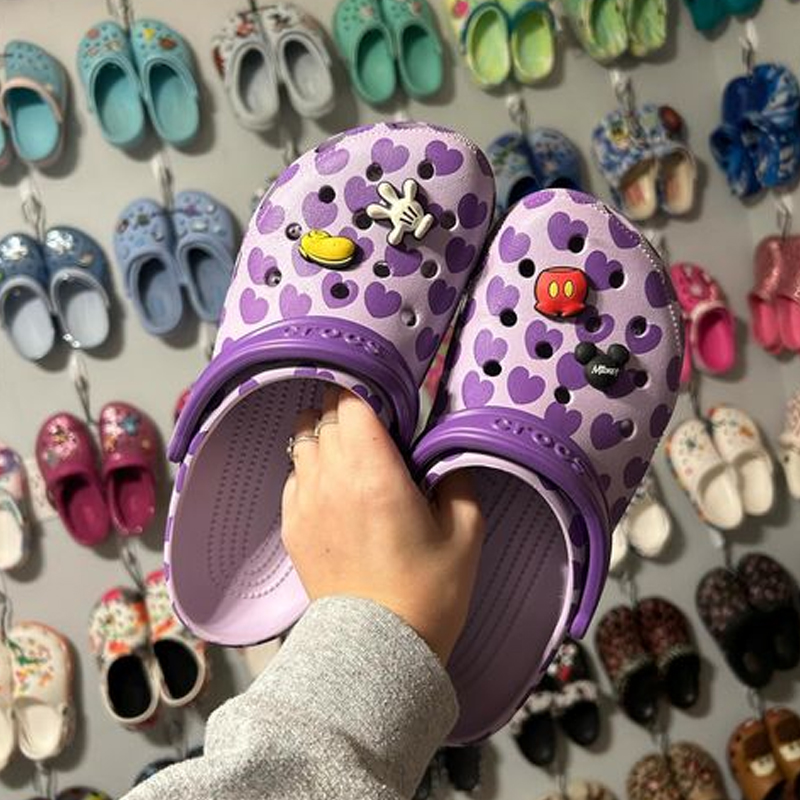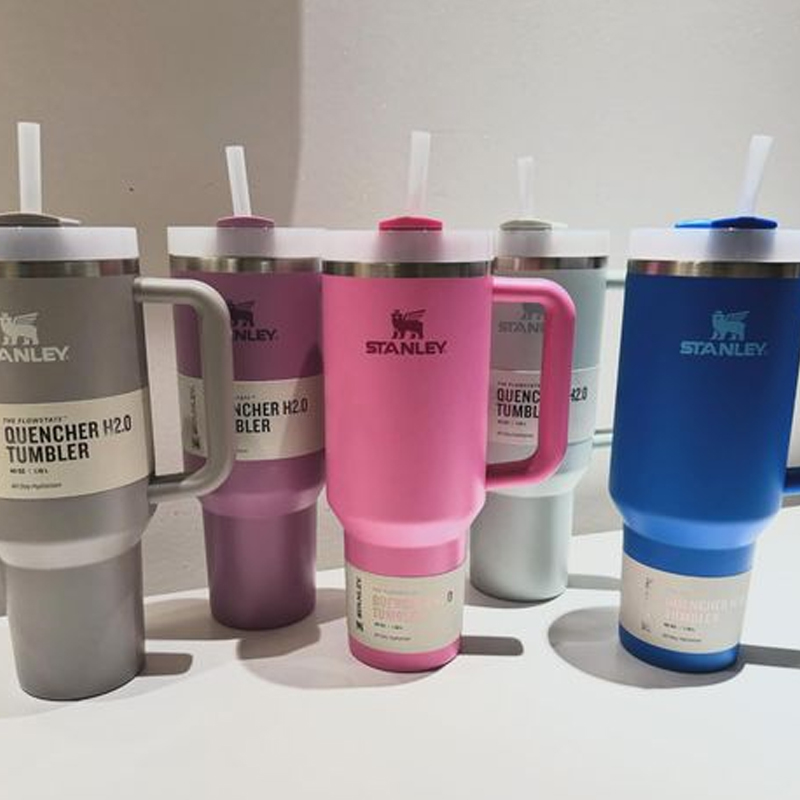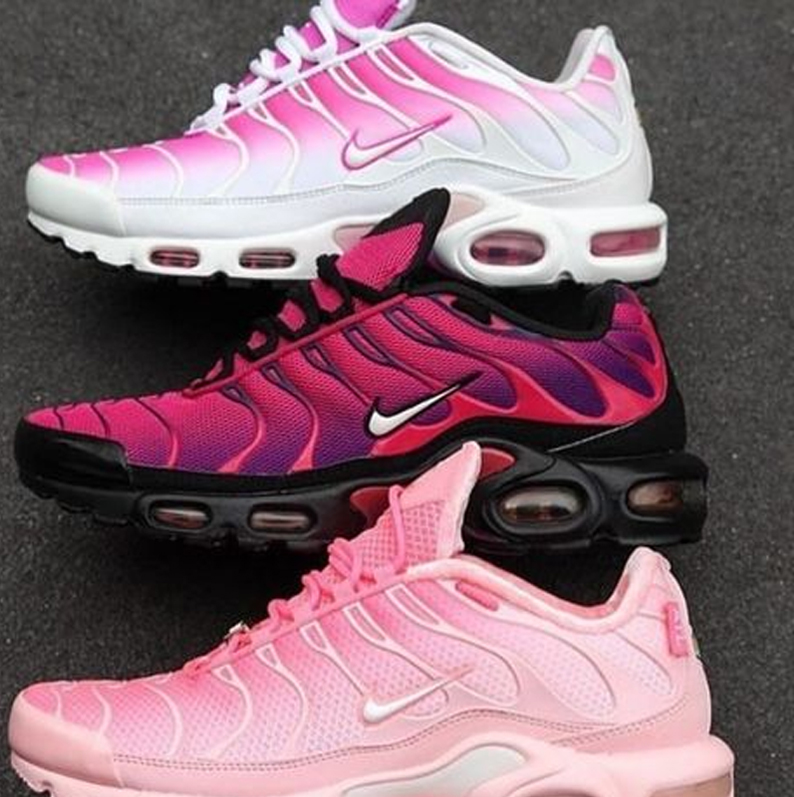Are you ready to make your mark in the fashion world with your own line of bags? The private label bag industry is booming, and there’s never been a better time to dive in. This comprehensive guide will walk you through everything you need to know about creating a successful private label bag brand. From selecting the right bag manufacturers to mastering trend forecasting, we’ve got you covered. So, grab a cup of coffee and let’s embark on this exciting journey together!
Key Takeaways: Your Private Label Bag Success Roadmap
- Understand your target audience and their needs
- Choose the right bag manufacturers for your brand
- Master material selection and bag styles
- Implement effective quality assurance measures
- Develop a competitive pricing strategy
- Optimize your supply chain management
- Create a strong brand identity
- Expand your product lines strategically
- Stay ahead with trend forecasting
Who is Your Target Audience? Defining Your Ideal Customer
Before diving into the world of bag manufacturing, it’s crucial to understand who you’re creating for. Your target audience will influence every decision you make, from material selection to marketing strategies.
Start by creating detailed buyer personas. Consider factors like age, gender, lifestyle, and purchasing habits. Are you targeting busy professionals who need durable work bags? Or perhaps fashion-forward millennials looking for trendy statement pieces?
Don’t forget to leverage social media marketing to gain insights into your audience’s preferences. Engage with potential customers through polls, surveys, and interactive content. This direct feedback will be invaluable as you shape your brand.
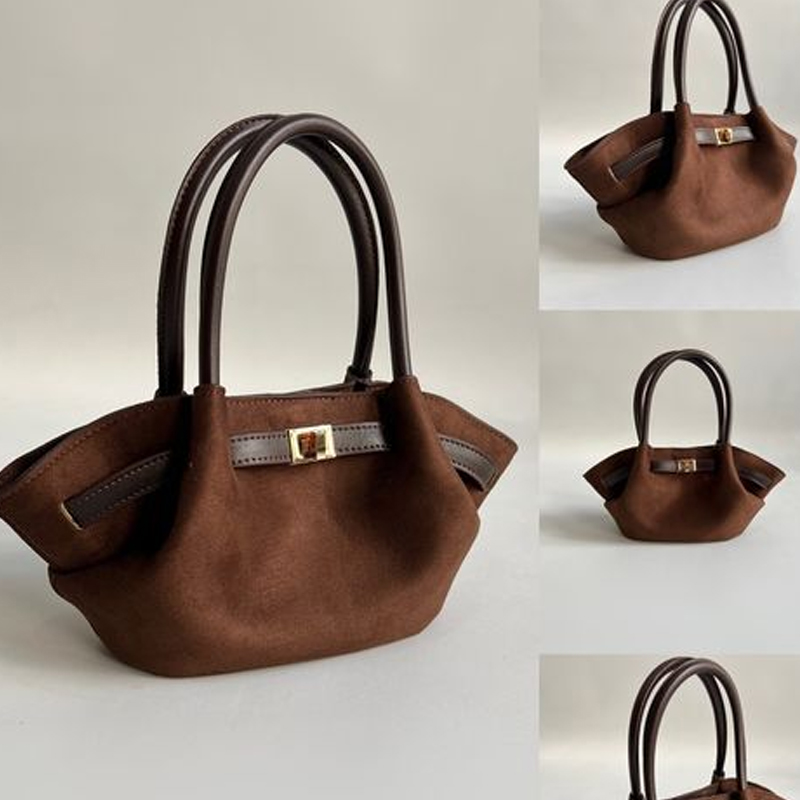
How to Choose the Right Bag Manufacturers for Your Brand
Selecting the right bag manufacturers is a critical step in your private label journey. Look for manufacturers with a proven track record in producing high-quality bags and a willingness to work with private label brands.
Consider factors such as:
- Production capacity
- Minimum order quantities
- Customization options
- Communication and responsiveness
- Pricing and payment terms
Don’t hesitate to request samples and visit facilities if possible. This hands-on approach will give you a better understanding of their capabilities and help you make an informed decision.
Material Selection: The Foundation of Quality Bags
The materials you choose will significantly impact the look, feel, and durability of your bags. Consider both aesthetic appeal and functionality when making your selections.
Popular materials include:
| Material | Pros | Cons |
|---|---|---|
| Leather | Durable, luxurious | Expensive, requires special care |
| Canvas | Affordable, versatile | Less formal, can wear out faster |
| Nylon | Lightweight, water-resistant | Can look less premium |
Don’t forget about sustainable materials like recycled plastics or organic cotton. These eco-friendly options can be a great selling point for environmentally conscious consumers.
What Bag Styles Should You Offer?
The bag styles you choose to offer will depend on your target audience and brand identity. However, it’s generally a good idea to start with a core collection of versatile styles that can appeal to a wide range of customers.
Some popular bag styles to consider include:
- Tote bags
- Crossbody bags
- Backpacks
- Clutches
- Weekender bags
Remember to pay attention to details like bag hardware and lining fabrics. These small touches can elevate the overall quality and perceived value of your bags.
Quality Assurance: Ensuring Customer Satisfaction
Implementing a robust quality assurance process is crucial for building a reputable brand. This involves setting clear quality standards and regularly inspecting products at various stages of production.
Key quality assurance measures include:
- Material inspection before production
- In-process quality checks
- Final product inspection
- Random sampling and testing
- Customer feedback analysis
Don’t forget to provide clear care instructions with each bag to help customers maintain their purchases and extend the product lifespan.
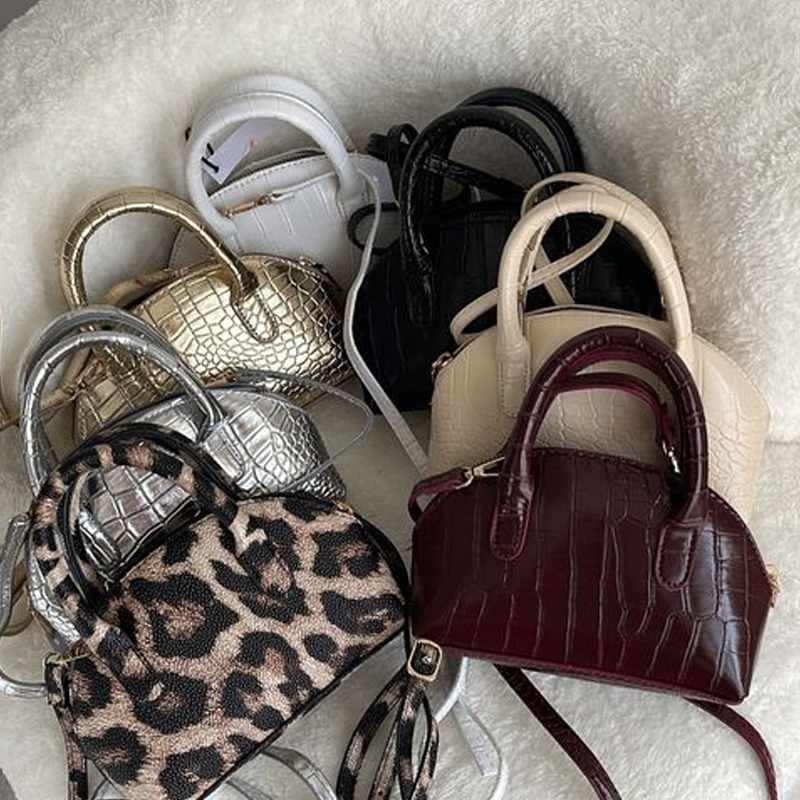
Developing a Competitive Pricing Strategy
Your pricing strategy will play a crucial role in your brand’s success. It should reflect your brand positioning, cover your costs, and provide a healthy profit margin.
Consider factors such as:
- Production costs
- Competitor pricing
- Perceived value
- Target audience’s spending power
Remember, pricing isn’t just about numbers. It’s also about perception. Premium packaging and strategic marketing can help justify higher price points.
“Price is what you pay. Value is what you get.” – Warren Buffett
Supply Chain Management: Streamlining Your Operations
Effective supply chain management is crucial for maintaining product quality, controlling costs, and ensuring timely delivery. This involves coordinating various aspects of your business, from raw material sourcing to final product delivery.
Key areas to focus on include:
- Supplier relationships
- Inventory management
- Production scheduling
- Logistics and shipping
Consider implementing an inventory management system to help you track stock levels, predict demand, and avoid overstocking or stockouts.
Creating a Strong Brand Identity: Stand Out from the Crowd
Your brand identity is what sets you apart from competitors and creates an emotional connection with your customers. It encompasses everything from your logo and color scheme to your brand voice and values.
Key elements of a strong brand identity include:
- A compelling brand story
- Consistent visual branding
- A unique value proposition
- Clear brand messaging
Invest in high-quality product photography and consider collaborating with fashion influencers to showcase your bags in real-life settings.
Expanding Your Product Lines: Growing Your Brand
Once you’ve established your core collection, consider expanding your product lines to cater to different customer needs and preferences. This can help increase customer loyalty and boost sales.
Ideas for expansion include:
- Seasonal collections
- Limited edition collaborations
- Complementary accessories (wallets, pouches)
- Customization options
Remember to gather customer feedback and analyze sales data to inform your product line expansion decisions.
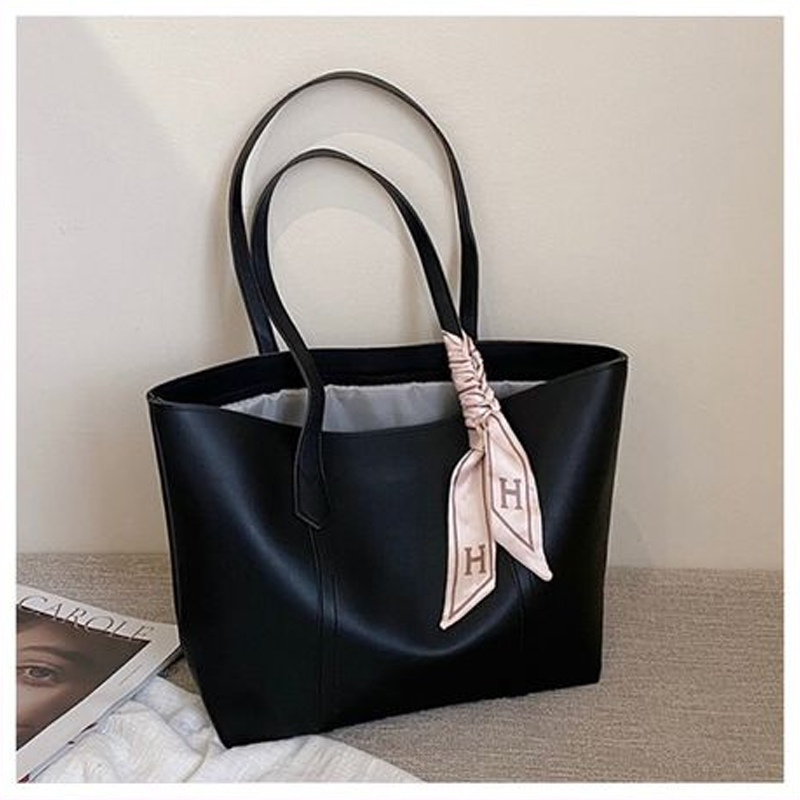
Trend Forecasting: Staying Ahead of the Curve
Staying on top of fashion trends is crucial in the fast-paced world of bag design. Effective trend forecasting can help you create products that resonate with your target audience and keep your brand relevant.
Ways to stay informed about trends include:
- Attending fashion trade shows
- Following fashion influencers and industry publications
- Analyzing competitor offerings
- Monitoring social media trends
Consider creating seasonal collections that incorporate current trends while staying true to your brand identity.
Taking Your Brand to the Next Level: Partnering with Chinese Manufacturers
As you grow your private label bag brand, you might consider partnering with Chinese manufacturers to scale your production and expand your offerings. Chinese factories are known for their efficiency, cost-effectiveness, and ability to handle large-scale production.
If you’re looking to source from China, consider reaching out to BuyFromChinaDirect. We specialize in connecting brands with reliable Chinese manufacturers and can help streamline your sourcing process. Our expertise in the bag industry can help you navigate the complexities of international manufacturing and take your brand to new heights.
Remember, whether you’re just starting out or looking to expand, the key to success in the private label bag industry is a combination of quality products, strong branding, and strategic business decisions. With the right approach and partners, your brand can truly shine in this competitive market.

